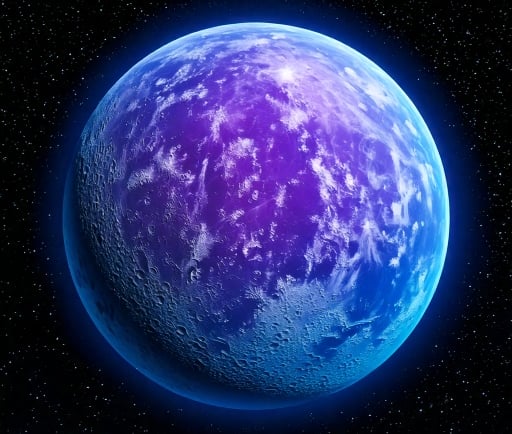Gliese 667 Cc: The Triple Star System Exo Planet


Introduction to Gliese 667 Cc
In the ever-expanding realm of astrophysics, Gliese 667 Cc has emerged as a remarkable subject of interest. This super-Earth exoplanet resides approximately 22 light-years away from our planet, orbiting the red dwarf star Gliese 667 C. Its location within the habitable zone presents an intriguing possibility of hosting life-sustaining environments, making it one of the prime candidates in our search for extraterrestrial life.
Understanding the Characteristics of Gliese 667 Cc
Gliese 667 Cc is classified as a super-Earth, a term that denotes exoplanets with a mass larger than Earth's but significantly smaller than that of Uranus or Neptune. This fascinating world is part of a multi-planetary system and orbits in what is often referred to as the 'Goldilocks zone'—an area where conditions are just right for liquid water to exist on the planet's surface. The prospect of liquid water is crucial, as it serves as a fundamental ingredient for life as we know it.
The Significance of the Habitable Zone
The habitable zone surrounding Gliese 667 C is of immense scientific importance. This region provides a stable climate where temperatures may permit the presence of liquid water, which is essential for the development of life. As we explore Gliese 667 Cc further, scientists utilize advanced telescopes and observation techniques to analyze its atmosphere and surface conditions. The ongoing research aims to determine if this captivating exoplanet could potentially support life forms, either microbial or more complex organisms.
The physical and atmospheric composition of Gliese 667 Cc is still largely unknown. However, preliminary data gathered from various observational campaigns suggest that the planet could have environments suitable for life, similar to those found on Earth. As astrobiologists and astronomers investigate the potential for habitability, they analyze the implications of diverse climatic conditions that Gliese 667 Cc may experience.
Conclusion: The Future of Exploration
Gliese 667 Cc stands as a beacon of hope in our quest to understand the universe and the potential for life beyond Earth. As technology continues to evolve, we are poised to uncover more about this fascinating exoplanet. Future missions and telescopic studies are expected to offer more definitive insights into its atmosphere, geology, and any signs of biological activity. In light of its proximity and the compelling features it exhibits, Gliese 667 Cc remains one of the most promising focal points in the ongoing search for life beyond our home planet.
